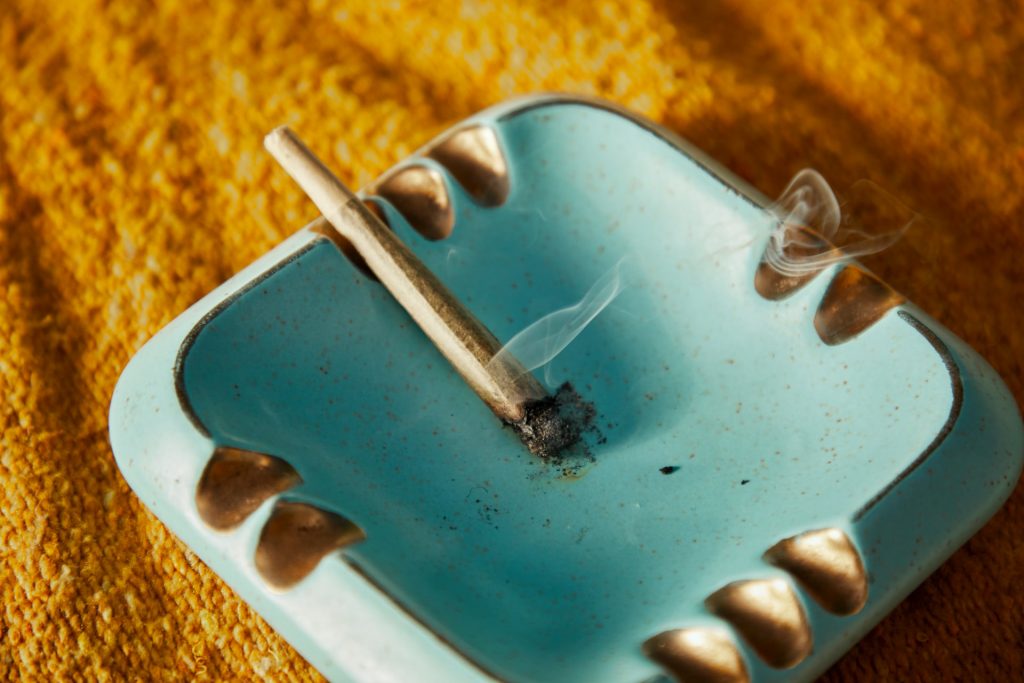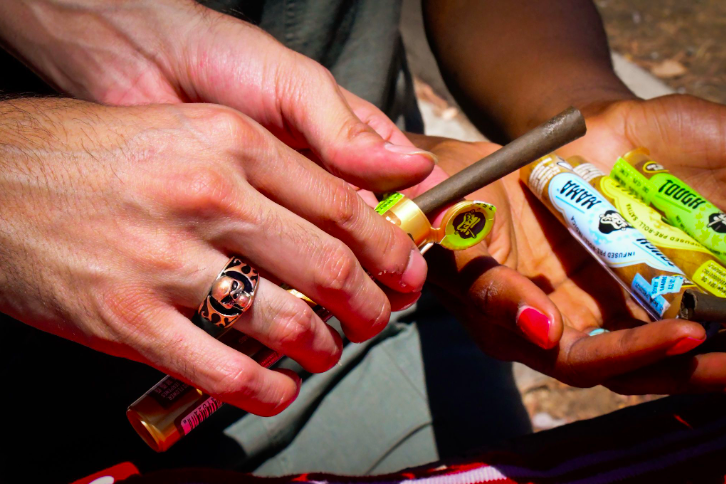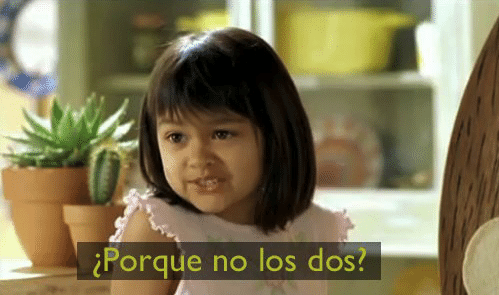Stuff Stoners Should Know: Joints vs. Blunts
Published on June 22, 2022

by Dan Ketchum
By nature, stoners love two things: weed and jargon. And hot Cheetos, and skating, and shower thoughts, and vinyl and…alright, never mind about the “two things” part, stoners like lots of stuff, because we’re all unique human beings. But the jargon part is true.
In stoner culture, you’ve got atomizers, bubblers, dabs, zongs, and hotboxes, and that’s just the tip of the slang grass-berg. But just like stoners are distinct and special human-shaped snowflakes, so are our smokeables. Given the number of options out there, it can be tough to cut through the word salad to separate your joints from your blunts (and the lines do get blurry sometimes), but knowing a few key features will inform both your brain and your smoke sesh.
Where We’re At
Before diving into, uh, blunt definitions and the joint vs. blunt wars, it’s important to clarify something up front: there’s no manual on this stuff. Weed culture has always been a grassroots (no pun intended), countercultural thing, so there is no officiating body, no United Nations of Weed telling us the exact specifications of a blunt or a joint. And that’s especially true here in the absolute weed renaissance we’re living in, where the options are just about endless.
So that said, most of our blunt definitions and joint definitions come from tradition, whether that’s pre-legalization street wisdom, post-legalization product trends, or just Urban Dictionary. We can certainly identify basic characteristics that make a joint a joint and a blunt a blunt, but keep in mind that the cornucopia of cannabis companies out there are ultimately going to identify their products in their own unique ways.
What Makes a Joint a Joint
In the Year of Our Matron Gorilla 2022, you can smoke, vape, eat, drink, dab, drop or rub your weed, you can swish CBD in your mouthwash or get greasy with cannabis-infused personal lube. Whatever gets you going. But still, just plain smoking weed in what Reefer Madness called a “marijuana cigarette” has never gone out of style.
And that’s basically what a joint is: cannabis rolled up in a little tube of paper for a convenient, smokeable format. The papers are usually made from rice, straw, wood pulp, flax, or even hemp, often bleached to a white-ish color. You can roll them yourselves with a flower, a weed grinder, and rolling papers, or get them all fancy-like from your local dispensary as singles or in packages, where they may include a filter. They come in all sorts of sizes but are generally smaller than blunts.
And that’s an important distinction. When it comes to the issue of joint vs. blunt, a lot of what makes a joint a joint comes down to what it lacks – basically, a blunt is a type of joint with some extra features.
TL, DR: Joint Basics
- It’s weed.
- It’s usually smaller than a blunt.
- The average American joint contains about 0.3 grams of cannabis.
- It doesn’t contain tobacco.
- It usually features lighter-colored or thinner rolling paper (but some unbleached rolling papers may still be a little earthy).
- Those lighter rolling papers also make for a lighter-tasting smoke than a blunt.

How Blunts Hit Different
So here’s that blunt definition: it’s a bigger joint that’s rolled with paper, usually brownish in color, that used to feature tobacco content – nowadays, those papers are commonly made with hemp, (which is what you’ll find in most dispensaries) or other plant content. Back in the day, a blunt was a cigar that was hollowed out and had its tobacco leaf replaced with cannabis, but that’s not gonna be the case when you walk into a dispensary today. Mostly because we don’t need to do that anymore.
That blunt rolling paper is usually going to be thicker and more textured, too, so the roll may be rougher or appear “veinier” than a joint). Blunts – like Tough Mama’s live resin-infused Hemp Cone blunts – can be conical in shape sometimes, to pack more leaf in. If a joint is a “marijuana cigarette,” think of a blunt sort of like a marijuana cigarillo or cigar.
TL, DR: Blunt Definition
- It’s weed.
- It’s usually bigger than a joint.
- It usually contains about 1 to 2 grams of cannabis (ours have a gram of weed, 0.25 grams of oil, plus terps for 1.6 overall grams of heft).
- The rolling papers are thicker “wraps” made with plants such as hemp, or even more creative stuff like banana leaves.
- That rolling paper can also lend blunts an earthy, sometimes robust, flavor profile.
A Word on Spliffs
Quick note, things can get confusing here because blunts used to primarily combine tobacco papers and weed, and spliffs also combine tobacco and weed. Here’s the key difference: spliffs actually mix tobacco leaf, like the kind you’d find in a cigarette, with the cannabis flower contained in the roll. So unlike a blunt, it’s not just a rolling paper thing. Make sure you clarify when smoking casually, as some people use the term “spliff” and “blunt” interchangeably (Mama’s note: they shouldn’t).
Joints vs. Blunts
This isn’t World War III, or Twitter. We don’t need to dunk on each other in the great blunt vs. joint debate. But here’s how they can each affect your session in different ways.
For one, the different rolling papers can affect the flavor profile of your sesh, lending blunts an earthier, smokier taste. At the end of the day, the strain, or the flower itself, will likely have a more noticeable effect on the way your body and mind respond to the weed, but the question of joint vs. blunt is often a choice of experience.
Ultimately, because blunts simply contain more flower than joints, they pack more THC content – and they’re going to burn for longer than a joint (the thicker paper contributes to this, too), making them well suited to smoking over time or sharing with bigger groups of friends. It’s a slow-burn kinda high, while a joint is more personal, a little quicker, and best shared with a friend or two (though you can get joints with slow-burning, tobacco-free papers to split the difference).
And because both of those situations are legit experiences and both suit valid moods and preferences, we offer a simple reminder – there’s always room for both.

Dan Ketchum splits his time between Dallas and LA as a freelance lifestyle, fashion, health, and food writer with more than a decade of experience. In cannabis, been fortunate enough to collaborate with Cannabis & Tech Today, FOCL, Vitagenne, Reign Together, Mistifi, and more.